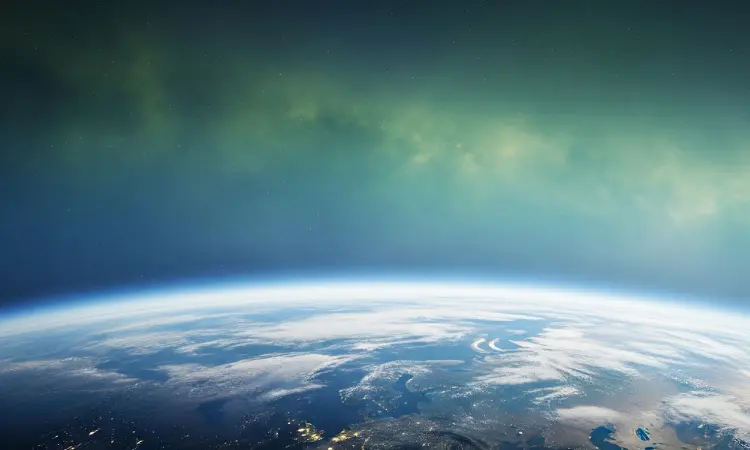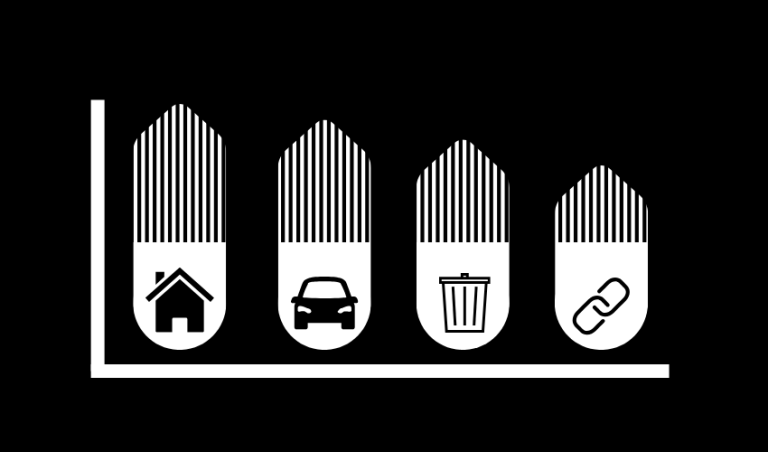30 Essential Climate Change Facts Everyone Should Know
Here’s 30 essential and up-to-date climate change facts. Understand the challenge and discover why action is more urgent than ever.
Part 1: Unmistakable Signs of a Warming Planet

The evidence is clear: our planet’s climate is changing. These key statistics display the scale of impact occurring:
1. Earth Is Over 1.5°C Hotter
Since the late 19th century, Earth’s average surface temperature has risen, hitting a 1.55°C increase for the first time in 2024. This isn’t a minor ‘warm year’; its part of a significant shift in global climate systems.
2. The Hottest Years Are Recent History
The trend is accelerating. The 10 warmest years on record have all occurred since 2015, with 2024 being the warmest ever documented since the 19th century.
3. Sea Levels Are Rising Faster
Global sea levels have risen about 20 cm (8 inches) since 1900. More worryingly, the rate of rise has more than doubled, increasing from from 1.3 mm/year (1901-1971) to 3.7 mm/year (2006-2018). This threatens coastal communities worldwide with flooding and erosion.
4. Polar Ice Sheets Are Vanishing
The Greenland and Antarctic Ice Sheets combined have lost over 400 billion tonnes of ice since 2002. This massive melt is the primary driver of accelerating sea-level rise, releasing water into the sea that was previously held on land.
5. Oceans Have Absorbed 90% of Excess Heat
Our oceans have acted as a giant shield, absorbing over 90% of the extra heat trapped by greenhouse gases. This leads to marine heatwaves, coral bleaching, and disruption of marine ecosystems.
6. Ocean Acidity Has Increased by 30%
As the ocean absorbs more CO₂, it becomes more acidic. This 30% increase in acidity since the Industrial Revolution harms marine life, particularly shell-building organisms like corals and oysters.
Part 2: Causes & The Human Fingerprint
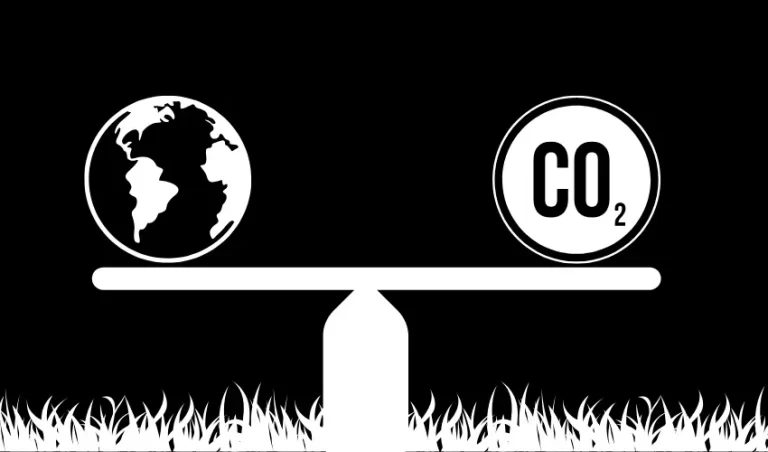
This warming isn’t a natural cycle. Scientific consensus points directly to human activity as the dominant cause.
7. CO₂ Levels Are at a 2-Million-Year High:
Atmospheric carbon dioxide now exceed 425 parts per million (ppm), up from 280 ppm in pre-industrial times. Our planet has not experienced CO₂ levels this high in at least two million years.
8. We Emit 50+ Billion Tonnes of Greenhouse Gases Annually:
Humanity’s output exceeded 53 billion tonnes of CO₂-equivalent gases in 2023, and this trend is continuing to rise.
9. Energy Is the Biggest Culprit (75%):
About three-quarters of all emissions come from our energy use, burning coal, oil, and gas for electricity, transport, and industry.
10. Methane is a Potent Short-Term Warmer:
Methane (CH₄) is over 80 times more powerful than CO₂ at trapping heat over a 20-year period. Its main sources are agriculture (livestock), fossil fuel extraction, and landfills. Methane releases from melting permafrost is also an emerging risk.
11. Deforestation Destroys a Vital Carbon Sink:
The destruction of forests, particularly tropical rainforests, not only releases vast stores of carbon but also eliminates one of the planet’s most important natural tools for absorbing CO₂ from the atmosphere.
12. Our Food System is a Major Contributor:
From farm to fork, the global food system is linked to roughly a third of all greenhouse gas emissions.
Part 3: The Cascading Impacts on People & Nature

The consequences of a warming world are no longer distant threats; they are here, affecting lives globally, and reshaping the natural world.
13. Extreme Weather is Becoming the New Norm:
Climate change is supercharging weather systems, leading to more frequent and intense heatwaves, droughts, floods, and wildfires.
14. Historic Heatwaves are Shattering Records:
Regions across the globe are facing unprecedented heat. 2023 was a prime example, when parts of Europe soared above 45°C (113°F) and demonstrated the dangerous reality of extreme heat.
15. Billions Live in Climate “Hotspots”:
The UN’s Intergovernmental Panel on Climate Change (IPCC) has identified that approximately 3.6 billion people, nearly half the world’s population, live in areas highly vulnerable to climate impacts like water scarcity and coastal flooding.
16. Global Food Security is Under Threat:
Unpredictable weather, heat stress, and drought are already reducing yields of essential crops like maize and wheat, threatening our global food supply.
17. The Crisis Deepens Inequality:
Climate change disproportionately harms marginalised communities, women, children, and Indigenous peoples who have contributed the least to the problem but face the greatest risks.
18. It’s a Major Public Health Risk:
From heat stress and worsening air quality, to the increased spread of infectious diseases, climate change is a direct threat to human health.
Part 4: The Path Forward
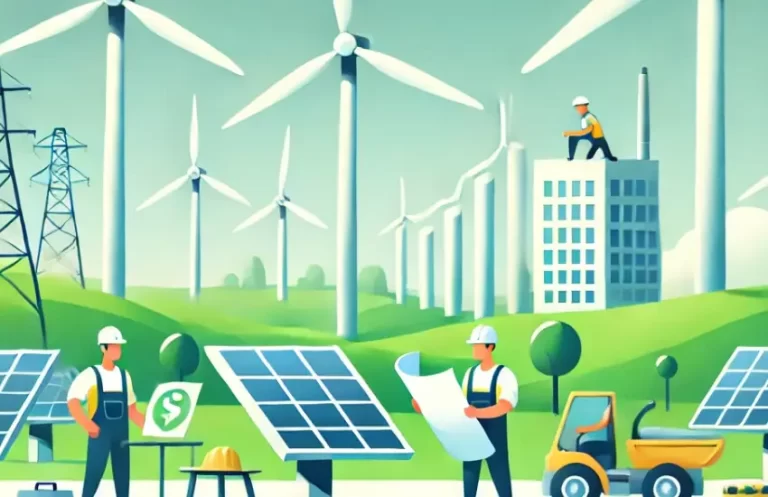
The challenge is immense, but so is the human capacity for innovation and change. The data shows a clear route we must take.
19. The Paris Agreement Provides a Global Goal:
Signed by nearly every country, this landmark accord aims to limit global warming to well below 2°C to avoid catastrophic impacts. The preferable goal to avert impact was to 1.5°C, however this boundary was exceeded in 2024.
20. Every Fraction of a Degree Matters:
The difference between 1.5°C and 2°C of warming is critical. Staying at 1.5°C could spare hundreds of millions of people from water stress and other severe impacts that come with a 2°C increase.
21. Renewable Energy is Soaring:
In 2024, renewables generate about 30% of global electricity. Solar and wind are now the cheapest sources of new energy in most parts of the world.
22. The EV Revolution is Here:
Sales of electric vehicles are projected to hit 17 million in 2024, a crucial step in reducing emissions from the transport sector.
23. Nature-Based Solutions Are Powerful:
Protecting and restoring ecosystems like forests and wetlands could provide over one-third of the emissions reductions needed by 2030. See our overview of Nature-Based Solutions for further insight.
24. A Green Transition Creates Jobs:
Shifting to a net-zero economy could create over 14 million new jobs in clean energy by 2030, far outpacing fossil fuel job losses.
Part 5: The Hurdles We Must Overcome

While solutions exist, significant political and economic barriers remain. Acknowledging them is key to overcoming them.
25. Current Pledges Aren’t Enough:
Nations’ current emissions reduction pledges are insufficient, putting the world on a path to 2.5°C or more of warming by 2100.
26. Fossil Fuel Subsidies Undermine Progress:
In 2023, governments provided around $1 trillion in direct subsidies to the fossil fuel industry. This actively works against climate goals.
27. Carbon Pricing is Underused:
Only 23% of global emissions are covered by a carbon price, and most of those prices are too low to effectively drive change. Broader use can drive change. Carbon Pricing can also be a powerful tool within business to build action.
28. Climate Finance is Falling Short:
Developed countries have yet to meet their pledge to mobilise $100 billion annually to help developing nations adapt to climate change and reduce emissions. Within developed countries, finance to support their own action is also falling short and limits delivery of long-term initiatives.
29. Energy Efficiency is an Untapped Giant:
Simply improving energy efficiency in our buildings, industries, and homes, through better insulation or LED lighting, offers some of the quickest and cheapest ways to cut emissions.
30. Delay is Our Enemy:
For every year we delay peaking global emissions, we lock in more irreversible warming. The decisive action is required asap.
From Climate Facts to Action
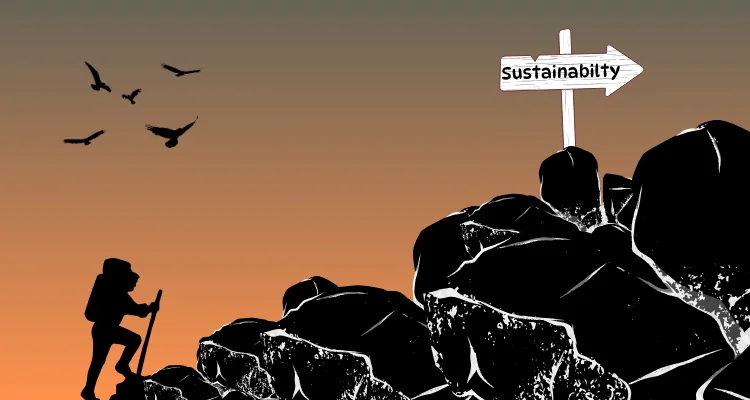
These 30 facts highlight the huge challenge that climate change poses to us all. But they also show that solutions are available, from tech innovation to the drawing on the power of nature.
Remember, the final outcome is not confirmed. The difference between a uncertain, dangerous future, and a liveable one, depends on the choices we make today.
What can you do? Share these facts to raise awareness, support businesses who are committed to climate action, and explore ways to reduce your own carbon footprint. The next chapter is up to all of us.
To support you further, check out the following extra resources here at Greener Insights:
Reducing Your Own Carbon Footprint: 10 Practical Actions
Net Zero Business: A Simple Guide to Getting Started
Setting Realistic Environmental Goals for a Business
40 Fascinating Facts About Sustainability
Finally, want more insights and practical tips?
Check in here at Greener Insights for regular updates, and follow us on our social media channels:

